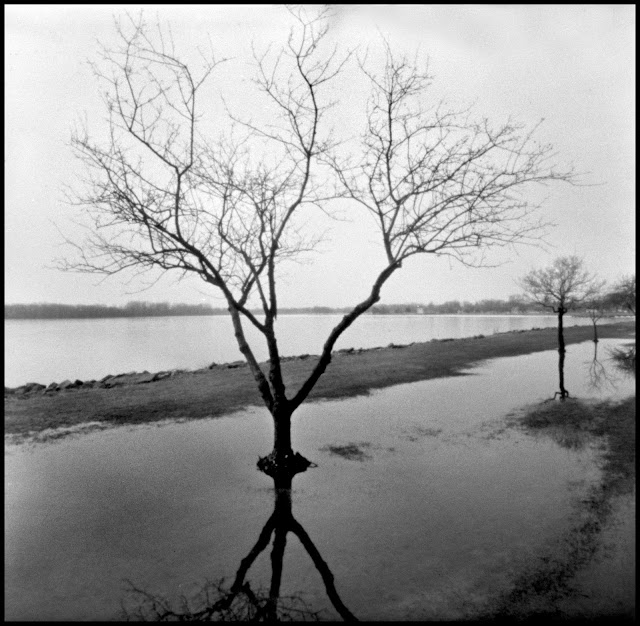Objects in the environment occasionally will have holes that project images under the right circumstances. The gaps between leaves during a solar eclipse is the most famous example. In the 1980's, Paolo Gioli and followers used the holes in Soda (aka Cream) and Graham crackers to make photographs. Several times on the Lensless Podcast, Andrew Bartram has expressed wonderment about this, which has prompted me to make several cameras out of the boxes they come in. Cracker boxes also tend to have a little heavier cardstock.
Another inspiration is YouTube Renovator Billy Petherick. His persistent good cheer and constant use of the tagline "Crack On," to the point of having a neon light made, led me to create The Crackon.
It's awesome. I had to leave the wine cork winders natural because just below them it claims no artificial colors or flavors. One wants to be respectful of the original design.
It's a Compact 45, maybe the last before I do a "making of" post.
Wheat Thins actually have pretty good holes, and are more opaque than a cream or soda cracker. I didn't use them for this camera. It has hand-drilled pinholes in brass. It only took me three tries to get a matched pair of optimal .27mm pinholes.
This month's challenge for the Fox Valley Photographic Group is Black & White. I thought I'd go along and, you know, use black & white film – Ilford FP4+.
We had an extraordinarily gloomy and snowy March but let's just crack on. Finally took it out for a try on a slightly foggy day. Is it just me or does this tree look like it's had it with winter?
A ramp down to a below grade entrance to the United Way made of grey brick against the older red bricks. The little tutorial we watched about Black & White Photography said you may need a filter to differentiate similarly toned different colors. I've never found that necessary.
Oh, yeah. The minimalism challenge was last month.
Another giant stone pile by ubiquitous late-19th century Oshkosh architect William Waters.
Several more weeks of cold and snow. It didn't get warm, but the sun came out while I made vinegarette in
a Blugold cup.
The tufted love seat and faux ficus in the Sun room.
One warmer morning after a cracking fierce thunderstorm, Oshkosh was very wet, covered with a slight mist with the sun trying to break through. Impatient as usual, I stopped for the signal at the railroad track just because it was a geometric object that would be high contrast against the misty background. By the time I got the camera set up, a train conveniently came by for a more pinholey background, now seen only through the gaps between the cars.
Menomonee Park, right next to Lake Winnebago, doesn't drain very quickly.
The shore becomes a long isthmus.
The ice is mostly gone at the north end of Miller's Bay, but there are still floating chunks trapped behind the T dock.

The south end of the bay is full of the floating ice.
The Crackon has two .27mm hand-drilled pinholes, on the axis and 13mm above it, 45mm from a 6x6cm frame. The FP4+ was semistand developed in caffenol.
















No comments:
Post a Comment